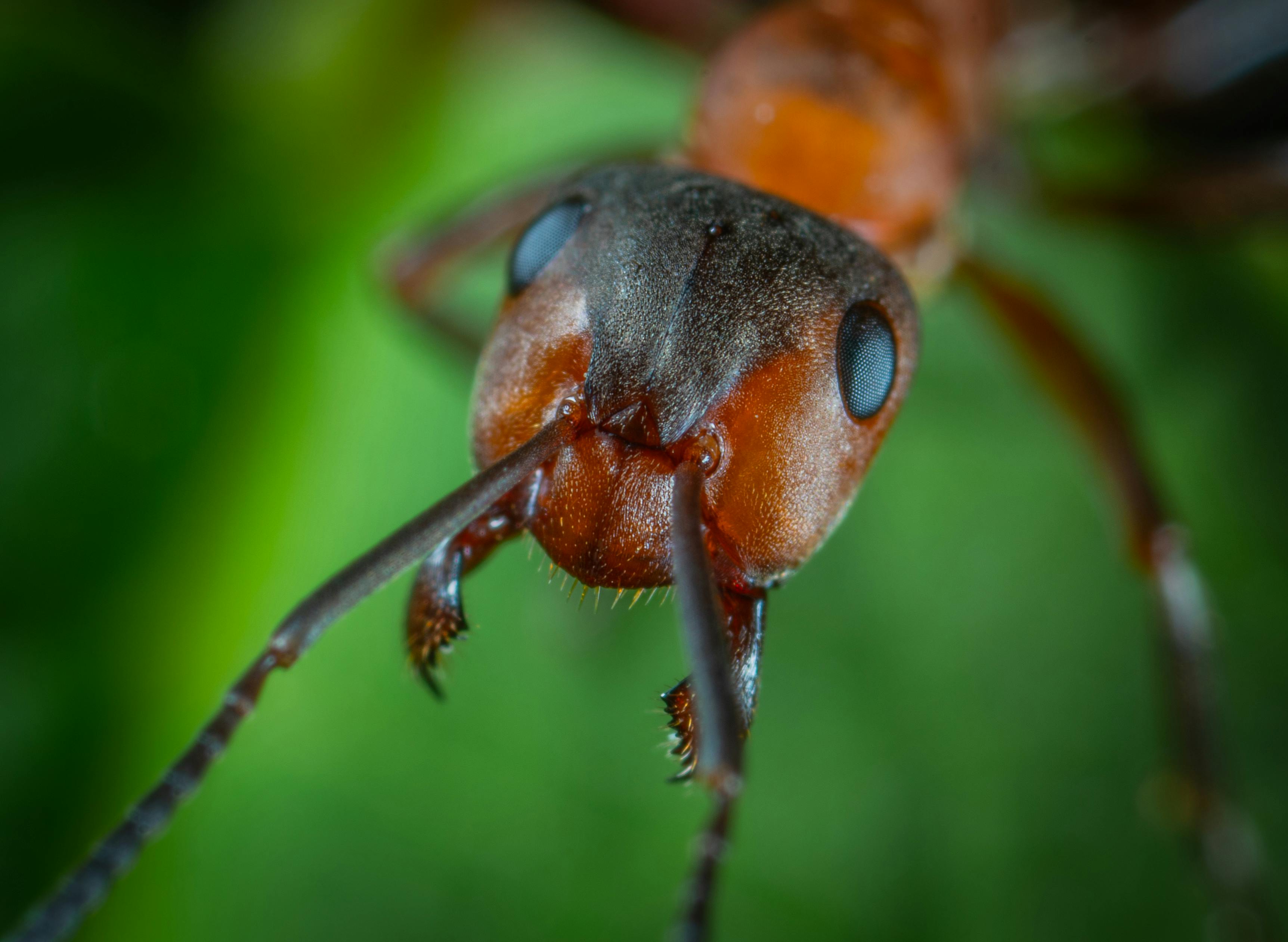Unraveling the Fascinating World of Leafcutter Ants
Introduction: Leafcutter ants, a remarkable group of over 40 species, have been shaping ecosystems for millions of years. Their complex social structures and unique behaviors provide a captivating study for animal enthusiasts. Let's delve into the intriguing world of these tiny yet powerful creatures.

A Glimpse into the Past: The Legacy of Leafcutter Ants
Leafcutter ants belong to the genus Atta and Acromyrmex, with their existence traced back to nearly 60 million years ago. These ants are found primarily in South and Central America, parts of the United States, and the West Indies. Known for their distinct behavior of cutting leaves, carrying them back to their colonies, and using them to cultivate a fungus for food, these ants have been shaping ecosystems for eons.
Latest Discoveries: Leafcutter Ants in the News
In recent years, leafcutter ants have been the focus of various studies. Recent research at the University of Wisconsin-Madison revealed that leafcutter ants have genes that make antibiotics, which protect their fungus gardens from harmful bacteria. Another study by the University of East Anglia found that the ants have a unique ability to engineer their local environment by manipulating the type and growth of tropical rainforest plants.
The Leafcutter Ant Market: Products and Impact
From being a subject of nature documentaries to inspiring designs in the field of robotics, leafcutter ants have made a significant impact. A variety of products, such as books, toys, and educational kits, based on these fascinating creatures are available in the market, with prices ranging from $10 to $100. These products not only help in understanding the life of leafcutter ants but also contribute to promoting interest in wildlife conservation.
Unpacking the Science: How Do Leafcutter Ants Work?
Leafcutter ants have a complex social structure with different castes performing specific tasks. While some ants cut and transport the leaves, others are responsible for cultivating the fungus. Interestingly, the ants do not eat the leaves but use them as a substrate for fungus cultivation. They feed on the nutritious fungus, making them one of the few animal species that engage in agriculture.
The Future of Leafcutter Ants: Conservation and Threats
While leafcutter ants are not currently endangered, they face threats from habitat loss due to deforestation and climate change. There’s a need for more research to understand the role of these ants in maintaining ecosystem balance and measures to protect them. Leafcutter ants, with their unique behaviors and ecological significance, continue to be a subject of intrigue and fascination for scientists and animal lovers alike.
In conclusion, leafcutter ants offer us a glimpse into one of nature’s most remarkable engineering feats. From their profound impact on the ecosystem to their inspiration in various fields, these tiny creatures indeed hold a big world within themselves. Let’s continue to unravel the fascinating world of leafcutter ants and work towards their conservation for the balance of our ecosystems.





